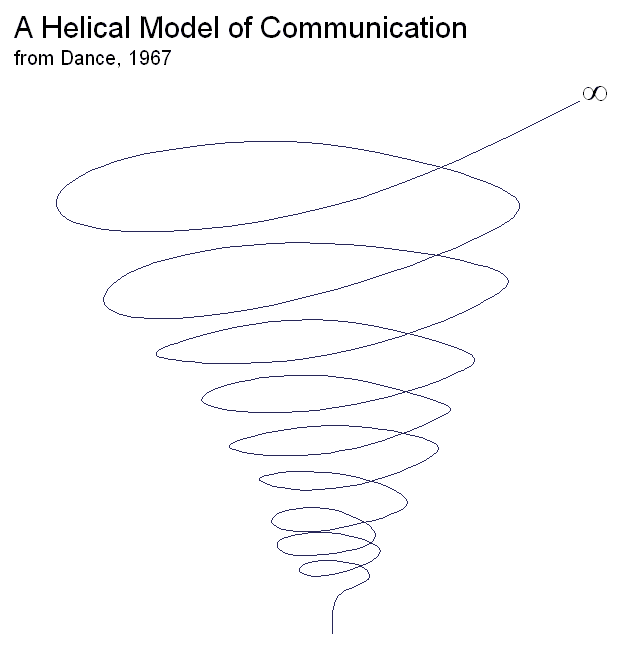This is the fun part! I found 2 ads for bottled water. Both bottled water brands are products of the Coca Cola Company, excpet one is marketed here in the UAE and the other is marketed in Latin America.
We will look at both ads using the Shannon-Weaver and Lasswell models to see how they apply in the real world.
Ad #1: Dasani - MUEVE TU WATER (roughly: move to water)
LASSWELL:
Who? Dasani water
Said what? Move to water
To whom? The average consumer in Latin America
By which channel? Print ad
With what effect? I can't possible answer the question on behalf of the average Latin American consumer.
SHANNON-WEAVER:
Most of the questions are answered through the Lasswell model above. The encoding part can only be determined by the person who copywrote the ad, and the decoding depends on the reciever of the message (my own decoding: our water is cool like hip hop music you should buy it). As for noise, I mentioned it could be internal like your thoughts. Noise can also be external (e.g. people talking to you, or the many other ads a person is bombarded with). Feedback can be in the form of a letter the consumer sends to the Coco Cola Company, or it could be his/her opinion of the ad which won't necessarily reach the sender.
Ad #2: Arwa - Drink Arwa dialy... 70% of our body is made up of water
LASSWELL:
Who? Arwa water
Said what? Drink water dialy
To whom? The average consumer in the UAE
By which channel? Print ad
With what effect? Since I am Emirati I can answer the question based on the personal effect this ad had on me. It reminded me how important water it, and lead to making a mental note of drinking more water.
SHANNON-WEAVER:
Most of elements of model are clear since they are also present in the Lasswell model above. The encoding of the message into words an images was done by the sender. The decoding was done on my part as an Emirati: water is important! Noise depends on the reciever and the environment the reciever is in.
The two ads above are of products from the same company. However, the demographics of the target audience of each brand of water is what made each ad different. We must also keep in mind the encoder of both messages are different people form different countries and possibly from different age groups. Communication models helps us put that in prespective. They make us think about the ads in a way we might not have before. The process of how we look at ads is just one step in analyzing and decoding ads.






.jpg)






